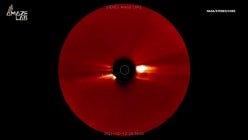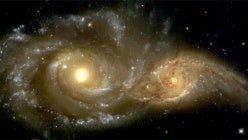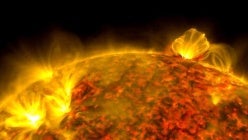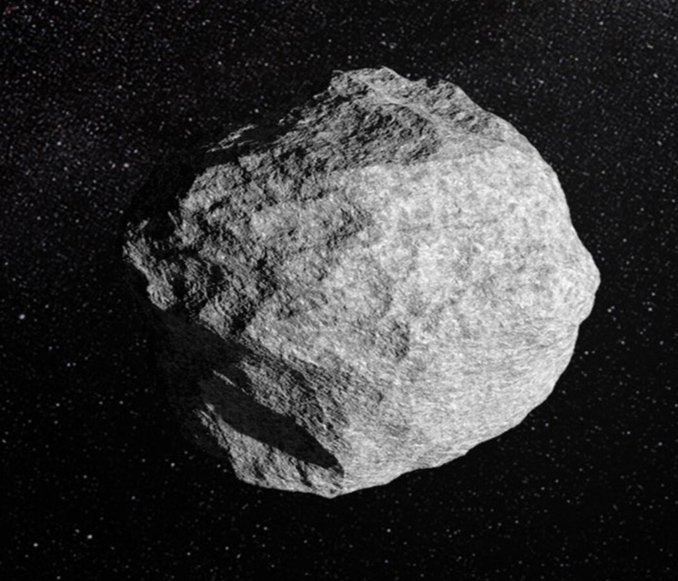
Carlos Tischler|Pixelnews|Future Publishing|Getty Images
General view of the total lunar eclipse on March 13 in Mexico City, Mexico.
https://instaread.co/player?article=the-return-of-2024-yr4-the-asteroid-once-threatening-earth-now-poised-for-close-call-with-the-moon-in-2032&publication=usnews.com&article_url=https%3A%2F%2Fwww.usnews.com%2Fnews%2Fnational-news%2Farticles%2F2025-06-11%2Fthe-return-of-2024-yr4-the-asteroid-once-threatening-earth-now-poised-for-close-call-with-the-moon-in-2032&version=1749672000000
Key Takeaways:
- The 2024 YR4 asteroid, which once registered a possibility of hitting Earth, now has a 4.3% chance of hitting the moon in 2032.
- The latest observations utilized NASA’s James Webb Space Telescope.
- The asteroid is no longer viewable and won’t be observed again until 2028.
This One Asteroid Crash on Mars Caused Close to 2 Billion Additional Impact Craters

These Solar Eruptions Are Absolutely Wild to Watch

Could One Person Look at the Same Object at Two Different Points in Time?

This Flare Was So Powerful, It Was Felt on 2 Planets On Different Sides of the Sun
An asteroid that attracted widespread attention for its potential to hit Earth in 2032 is intriguing researchers again – but this time it has a new target: the moon.
NASA recently said that the asteroid, called 2024 YR4, has a 4.3% chance of hitting the moon in 2032, which is more than a full percentage point higher than the historic impact probability NASA recorded in February for the asteroid’s chances of striking Earth.
Still, in the “small chance that the asteroid were to impact, it would not alter the Moon’s orbit,” the space agency said in an update.
The latest prediction is based on observations collected by NASA’s James Webb Space Telescope in May, as the asteroid is currently too far away to detect with telescopes from Earth, according to NASA.
Researchers used the advanced telescope’s Near-Infrared Camera to make the observations, the final ones before the asteroid’s orbit around the sun took it away from view. The agency said it will not be observable again until 2028.
The use of NASA’s James Webb Space Telescope’s infrared capabilities has also increased the agency’s understanding of the asteroid’s 2032 location by nearly 20% and has led to more precise estimates of 2024 YR4’s size, which now suggest it is roughly 174 to 220 feet long, or approximately the size of a 10-story building.
NASA has continuously been monitoring 2024 YR4 since it was first reported on Dec. 27 by the Asteroid Terrestrial-impact Last Alert System station in Chile.
It gained attention from researchers, the media and the public for its unusually high chances of hitting Earth, though subsequent observations increasingly reduced the risk. By late February, the agency announced it no longer posed a significant threat to Earth “for the next century.”
But as these further observations lowered 2024 YR4’s impact probability on Earth, they simultaneously increased the likelihood of the asteroid striking the moon, rising from 0.8% on Feb. 19 to its current 4.3% probability as of June 5.









